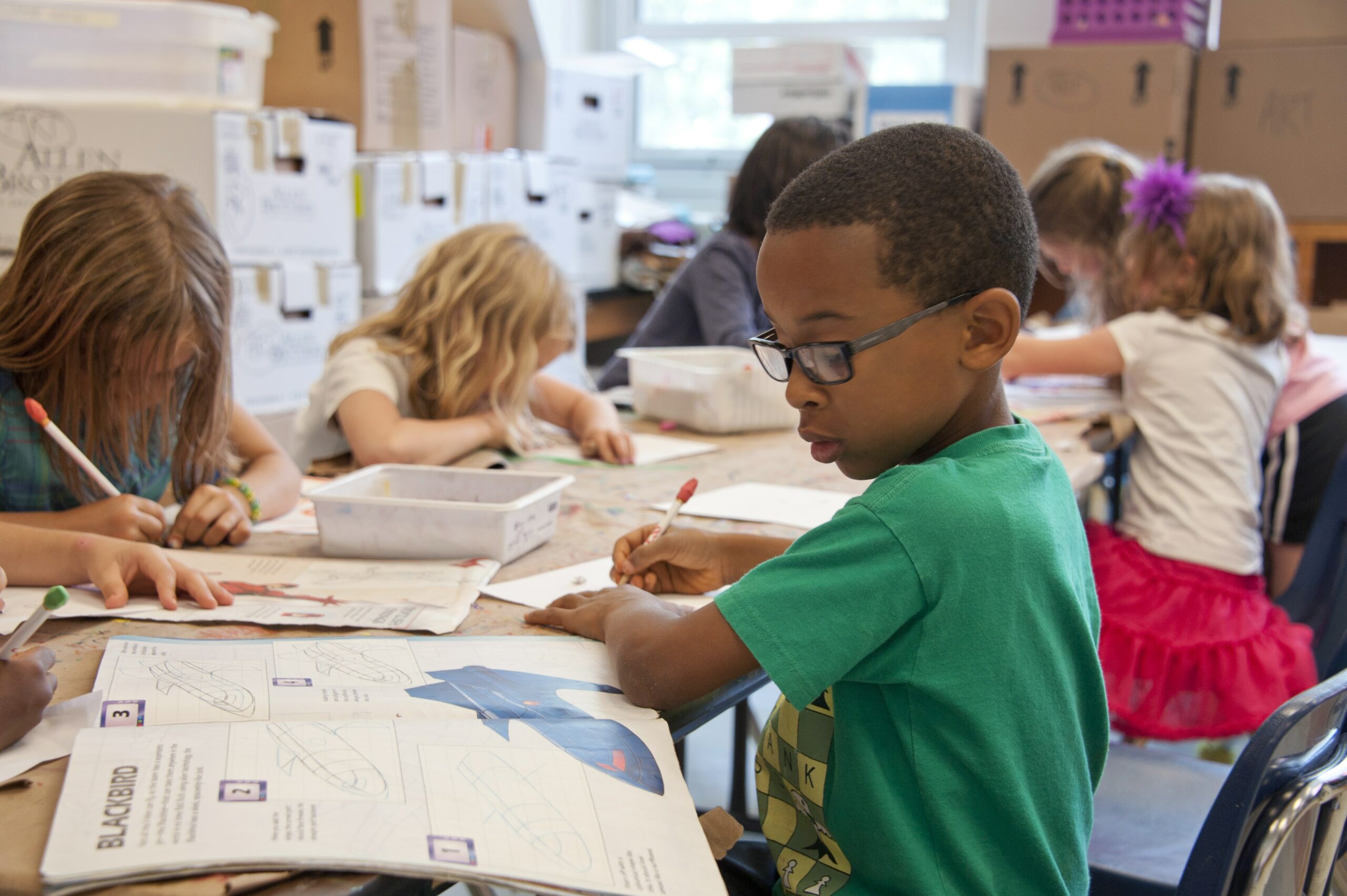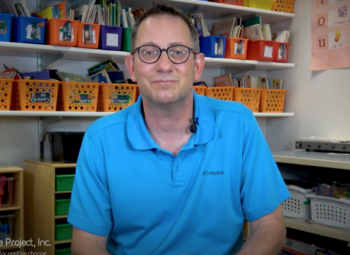
Successful Back to School—Social-Emotional Support to Help Students Thrive
Kids are back in school again and most educators are acutely aware of the potential social emotional needs of students. The past few years have

Kids are back in school again and most educators are acutely aware of the potential social emotional needs of students. The past few years have

It’s back to school time again and most educators are acutely aware of the potential social emotional needs of students. Last school year was a

It’s back to school time 2021 style and it’s just plain stressful for students, teachers, parents, and admin. The reasons are obvious and endless. I

Parents, teachers, admin, even grandparents are struggling with the difficult decision of; “Should I send my child back to the classroom setting?” Some believe kids

Tis that time of year again; teachers are trying not to think about going back to school—but, unfortunately, it’s creeping up on your horizon. There



The Imagine Project, Inc. is a 501c3 organization, we appreciate your continued support helping ki

Join our community to get the latest tips, exclusive offers, and updates straight to your inbox. Don’t miss out—subscribe now and be the first to know!